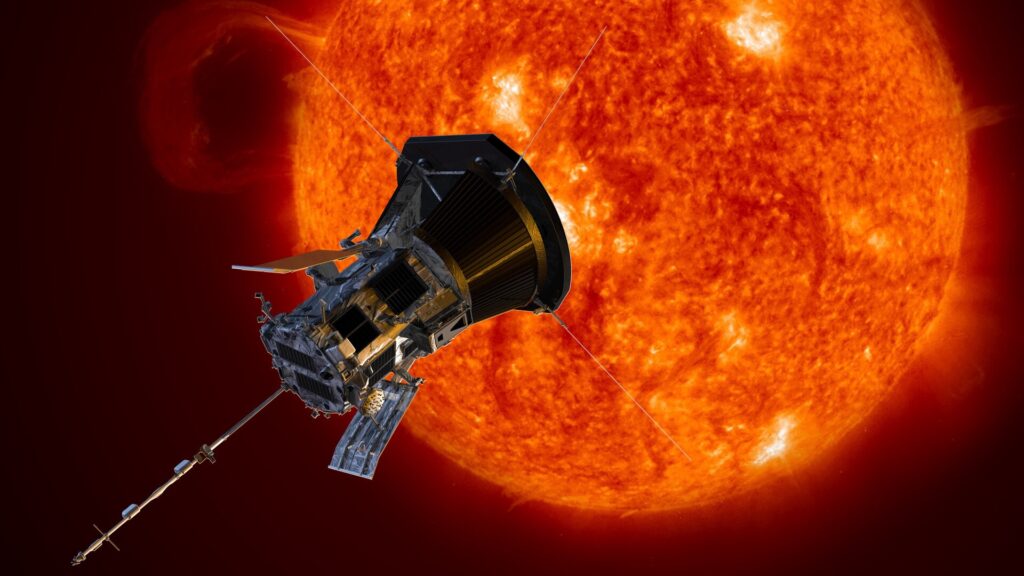Did the Parker solar probe have to compensate its calculations to account for the increase in curved space time as it approached the sun.
The Parker Solar Probe, a NASA spacecraft launched in 2018, is designed to study the outer atmosphere of the Sun, known as the solar corona, and the solar wind. As the probe gets closer to the Sun, it experiences intense gravitational forces and extreme temperatures.
In terms of its trajectory and navigation, the Parker Solar Probe does not need to compensate for the increase in curved spacetime predicted by general relativity as it approaches the Sun. General relativity predicts that massive objects like the Sun curve the fabric of spacetime around them, causing the paths of nearby objects to be influenced by this curvature.
However, for practical purposes, the gravitational effects of the Sun are well-understood and can be accurately accounted for in the spacecraft’s trajectory calculations. Engineers and scientists carefully plan the probe’s trajectory using complex mathematical models that take into account the gravitational forces exerted by the Sun and other celestial bodies in the solar system.
Additionally, the Parker Solar Probe’s trajectory is carefully designed to use gravity assists from Venus to gradually decrease its orbital distance to the Sun while maintaining a stable orbit. These maneuvers are meticulously planned and executed to ensure that the probe achieves its scientific objectives while minimizing the risk of damage from the Sun’s intense heat and radiation.
In summary, while general relativity predicts the curvature of spacetime around massive objects like the Sun, the Parker Solar Probe’s trajectory calculations do not need to explicitly compensate for this effect, as the gravitational forces exerted by the Sun can be accurately modeled and accounted for in its navigation.




0 Comments